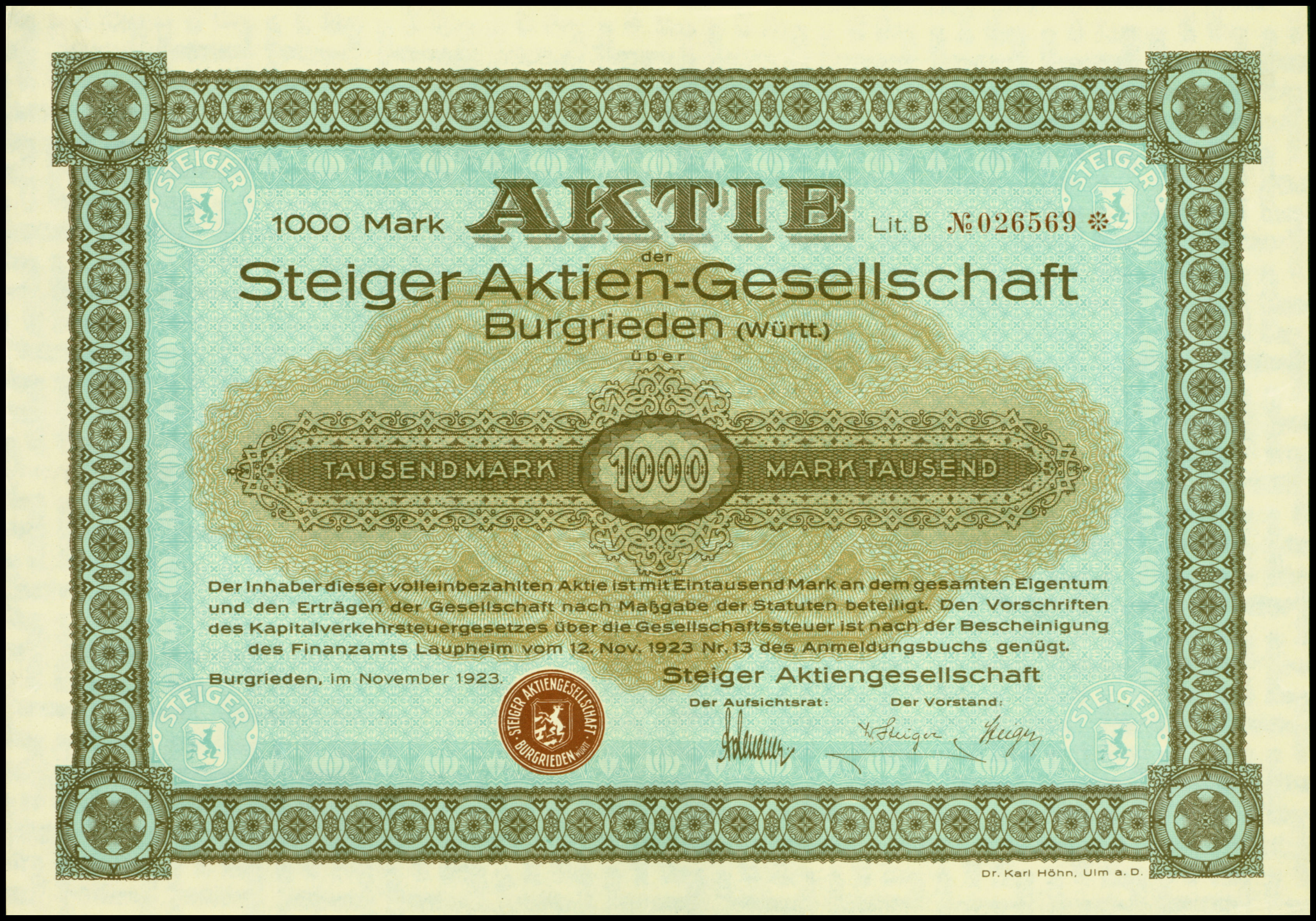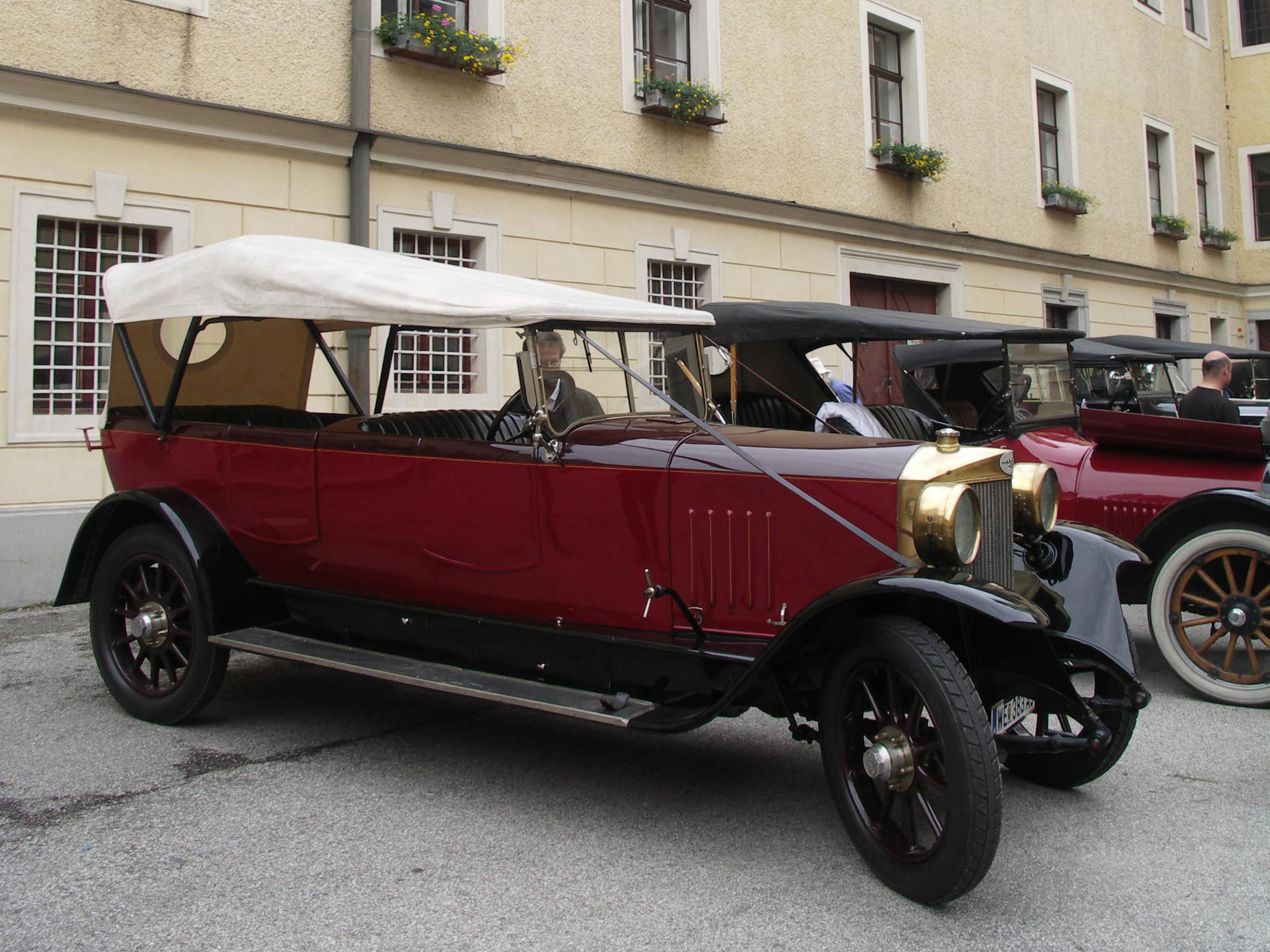|
Eifelrennen
The Eifelrennen was an annual motor race, organised by ADAC Automobile Club from 1922 to 2003, held in Germany's Eifel mountain region even before the Nürburgring was built there. History Starting from 1922, the first races were held on a 33 km long combination of public roads around Nideggen, Wollersheim, Vlatten, Heimbach, Hasenfeld and other villages in the Eifel mountains, similar to the Targa Florio which was a very important race at that time, and popular in Germany due to two wins by Mercedes (still without Benz then). In 1922, all vehicles were allowed, cars, motorbikes, and even bicycles with supporting engines. Over 100 entrants showed up to compete in the 10-lap event. The track was not paved, and muddy after heavy rains. From 1924 to 1926, the races for 2 and 4 wheels were held on separate days, and classes were introduced. Still, several fatal accidents happened. Even spectator stands collapsed, caused by stormy weather. The unsatisfying safety situat ... [...More Info...] [...Related Items...] OR: [Wikipedia] [Google] [Baidu] |
Nürburgring
The is a 150,000 person capacity motorsports complex located in the town of Nürburg, Rhineland-Palatinate, Germany. It features a Formula One, Grand Prix race track built in 1984, and a long "North loop" track, built in the 1920s, around the village and medieval castle of Nürburg in the Eifel mountains. The north loop is long and contains more than of elevation change from its lowest to highest points. Jackie Stewart nicknamed the track "The Green Hell". Originally, the track featured four configurations: the -long ("Whole Course"), which in turn consisted of the ("North Loop") and the ("South Loop"). There was also a warm-up loop called ("Finish Loop") or ("Concrete Loop"), around the Pit stop, pit area. Between 1982 and 1983, the start/finish area was demolished to create a new , which is now used for all major and international racing events. However, the shortened is still in use for racing, testing and public access. History 1925–1939: The beginning of ... [...More Info...] [...Related Items...] OR: [Wikipedia] [Google] [Baidu] |
Toni Ulmen
Anton "Toni" Ulmen (25 January 1906 – 4 November 1976) was a German motorcycle and racing driver from Düsseldorf, Germany. His racing career started in 1925 on a 250 cc Velocette. In 1927 he won the opening race of the Nürburgring on a 350 cc Velocette. In 1929 he won the 350 cc class on the Eilenriede, a non-permanent race course near Hannover. From 1949 to 1952, he was four times German sports car and Formula 2 champion. Craftsman, businessman and racer After leaving school, Ulmen served an apprenticeship as a machinist with Motorradwerkstatt Hasenclever. When he finished there, he founded Gebrüder Ulmen, with his brother Andreas. They become the representatives of Opel for Düsseldorf. It was in 1925 that Ulmen began his career in motorsport, at the Großen Deutschland-Rundfahrt on a 250cc Velocette motor cycle. Two years later can riding a 350 cc Velocette he won the first Eifelrennen, to claim the Deutsche Tourist-Trophäe, the inaugural race held on the Nürburgr ... [...More Info...] [...Related Items...] OR: [Wikipedia] [Google] [Baidu] |
Rudolf Caracciola
Otto Wilhelm Rudolf CaracciolaBolsinger and Becker (2002), p. 63 (30 January 1901 – 28 September 1959) was a racing driver from Remagen, Germany. He won the European Drivers' Championship, the pre-1950 equivalent of the modern Formula One World Championship, an unsurpassed three times. He also won the European Hillclimbing Championship three times – twice in sports cars, and once in Grand Prix cars. Caracciola raced for Mercedes-Benz during their original dominating Silver Arrows period, named after the silver colour of the cars, and set speed records for the firm. He was affectionately dubbed ''Caratsch'' by the German public,Reuss (2006), p. 20 and was known by the title of ''Regenmeister'', or "Rainmaster", for his prowess in wet conditions. Caracciola began racing while he was working as apprentice at the Fafnir automobile factory in Aachen during the early 1920s, first on motorcycles and then in cars. Racing for Mercedes-Benz, he won his first two Hillclimbing Champio ... [...More Info...] [...Related Items...] OR: [Wikipedia] [Google] [Baidu] |
German Motorcycle Grand Prix
The German motorcycle Grand Prix, first held in 1925, is a part of the Grand Prix motorcycle racing World Championship since 1952. The event is due to take place at the Sachsenring until at least 2026. History The first two ''Großer Preis von Deutschland'' races were held at Berlin's AVUS before moving to the new the purpose-built Nürburgring which was used in its full 28 km configuration. No GP was held in 1932, in 1933 the AVUS was given another try, and since 1934, public roads near and through Hohenstein-Ernstthal in Saxony were in use, initially without the name Sachsenring which had been used elsewhere. It was adopted in 1937. After the war, in 1949, two German states were founded, and the FIM introduced a motorcycle World Championship in which neither Germans nor German race tracks could participate due to still being banned. In the (Western) Federal Republic of Germany, a strong motorcycle industry ( NSU, DKW etc.) emerged in the early 1950s, as cars were not yet ... [...More Info...] [...Related Items...] OR: [Wikipedia] [Google] [Baidu] |
Steiger (automobile Company)
The Steiger company was founded in 1914 as Maschinenfabrik (engine manufactory) Walther Steiger & Co. by the Swiss engineer Walther Steiger (1881–1943) in Burgrieden near Ulm, Germany. In 1921 it became a limited company (Steiger AG). During its short life the firm produced circa 3,000 vehicles. Founding and Early History During World War I the Steiger firm repaired aeroplanes and aeroplane engines. In 1917 the owner and his engineer, Paul Henze, began to work on motorized vehicles. Plans for the manufacture of tractors were abandoned in favour of automobiles; their first model, the Steiger 10/50 PS, was produced in 1920. This touring model with a 2.6-litre four cylinder engine (50 hp / 37 kW) became Steiger's most significant product and was still in production when the firm collapsed in 1926. Its modern OHC engine was distinctive because of an overhead camshaft driven by spiral-toothed bevel gear wheels. These cars, with 'u' shaped pressed steel frames, two ax ... [...More Info...] [...Related Items...] OR: [Wikipedia] [Google] [Baidu] |
ADAC
ADAC, officially the Allgemeiner Deutscher Automobil-Club (), is Europe's largest motoring association. ADAC is the largest club (Verein) in Germany with around 21 million members. It would be more aptly described today as an individual mobility association since it looks more broadly at all transport options ensuring individual mobility. Its headquarters is located in Munich. The club has a yield of 911 million Euro (profit 25 million Euro) in 2014; the ADAC holding ''ADAC Beteiligungs- und Wirtschaftsdienst GmbH'' of 1004 million Euro (profit 84,9 million Euro) in 2014. The object of the ADAC is "the representation, promotion and advocacy of motoring, motorsport and tourism interests." The ADAC states that it represents the interests of motorists; however, he owns several subsidiaries in different sectors such as insurance and publishing. Its original and most well-known service is roadside assistance. ADAC works together closely with its Austrian counterpart ÖAMTC. Via ... [...More Info...] [...Related Items...] OR: [Wikipedia] [Google] [Baidu] |
Touring Car Racing
Touring car racing is a motorsport road racing competition with heavily modified road-going cars. It has both similarities to and significant differences from stock car racing, which is popular in the United States. While the cars do not move as fast as those in Formula racing, formula or sports car racing, sports car races, their similarity both to one another and to fans' own vehicles makes for entertaining, well-supported racing. The lesser use of aerodynamics means following cars have a much easier time passing than in open-wheel racing, and the more substantial bodies of the cars makes the subtle bumping and nudging for overtaking much more acceptable as part of racing. As well as short "sprint" races, many touring car series include one or more Endurance racing (motorsport), endurance races, which last anything from 3 to 24 hours and are a test of reliability and pit crews as much as car, driver speed, and consistency. Characteristics of a touring car Touring car racin ... [...More Info...] [...Related Items...] OR: [Wikipedia] [Google] [Baidu] |
Steyr Automobile
Steyr was an Austrian automotive brand, established in 1915 as a branch of the ''Österreichische Waffenfabriks-Gesellschaft'' (ÖWG) weapon manufacturing company. Renamed ''Steyr-Werke AG'' in 1926 and merged with Austro-Daimler and Puch into Steyr-Daimler-Puch AG, it continued manufacturing Steyr automobiles until 1959. History The ÖWG stock company was founded in 1864 at Steyr in Upper Austria; in 1894 it had already issued a licence from the British Swift Company to manufacture bicycles under the trade-mark name ''Waffenrad''. In order to further to diversify manufacturing, the members of the executive board resolved upon fabricating Steyr automobiles and tractors. They hired 38-year-old designer Hans Ledwinka after he resigned from Nesselsdorfer-Wagenbau. Ledwinka developed Steyr's new six-cylinder car and supervised hiring engineers and mechanics. This, the 12/40 PS, featured the fashionable ''spitzkuhler'' (pointed radiator) of the prewar Mercedes and had very modern fe ... [...More Info...] [...Related Items...] OR: [Wikipedia] [Google] [Baidu] |
Sports Car Racing
Sports car racing is a form of motorsport road racing which utilises sports cars that have two seats and enclosed wheels. They may be purpose-built prototypes or grand tourers based on road-going models. Broadly speaking, sports car racing is one of the main types of circuit auto racing, alongside open-wheel single-seater racing (such as Formula One), touring car racing (such as the British Touring Car Championship, which is based on 'saloon cars' as opposed to the 'exotics' seen in sports cars) and stock car racing (such as NASCAR). Sports car races are often, though not always, endurance races that are run over relatively large distances, and there is usually a larger emphasis placed on the reliability and efficiency of the car as opposed to outright speed of the driver. The FIA World Endurance Championship is an example of a sports car racing series. A type of hybrid between the purism of open-wheelers and the familiarity of touring car racing, this style is often associate ... [...More Info...] [...Related Items...] OR: [Wikipedia] [Google] [Baidu] |
Mercedes-Benz In Motorsport
Throughout its long history, Mercedes-Benz has been involved in a range of successful motorsport activities, including sportscar racing, touring car racing, Grand Prix racing, and rallying. It is currently active in GT racing, Formula E and Formula One. Early history The two companies which were merged to form the ''Mercedes-Benz'' brand in 1926 had both already enjoyed success in the new sport of motor racing throughout their separate histories. A single Benz competed in the world's first motor race, the 1894 Paris–Rouen, where Émile Roger finished 14th in 10 hours 1 minute. The Mercedes Simplex of 1902, built by DMG, was Mercedes' first purpose-built race car—much lower than their usual designs—which were similar to horse carriages; that model dominated racing for years. In 1914, just before the beginning of the First World War, the DMG ''Mercedes 35 hp'' won the French Grand Prix, finishing 1–2–3. Karl Benz's company, Benz & Cie. built the "bird beaked", '' Blitzen ... [...More Info...] [...Related Items...] OR: [Wikipedia] [Google] [Baidu] |






